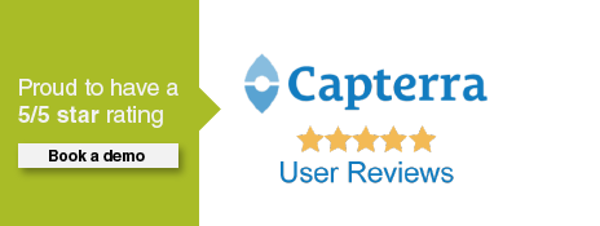We’d love to believe that everyone in a company shares a common outlook, or are totally united in their perspectives on how to reach corporate goals. The truth is not that simple. Like the age-old battle lines drawn between marketing and sales teams, when evaluating workforce management solutions, Finance and HR decision-makers often don’t come to the table with the same criteria, context or frame of mind. You’re cut from different cloth, but that doesn’t mean you can’t align during a critical evaluation process.
It’s important to know where the potential pitfalls lie, and where the differences in perspective can derail your evaluation and implementation processes.
For Finance professionals: beware of “lowest cost” guarantees
Some problems can’t be solved by choosing the “lowest cost guaranteed!” option. Sorry. Understandably, that’s why you’re a finance professional - you are all about the numbers and impact on the ledger lines. When it comes to evaluating a technology solution that impacts every employee, every day...there’s more to ROI. If your view is too narrow, you’ll miss considering the cost associated with choosing the wrong solution.
We’ve been in boardrooms with countless CFOs and finance professionals that see WFM as a purely tactical issue. “Just get it done.” or “If they’re all the same, choose the option that costs the least.” This kind of thinking is a major snag in proper evaluation methodology.
The way the solution works, or how seamlessly it will integrate with your processes, or how it will affect the way your employees work day-in and day-out are broader considerations that aren’t marked in your ledger.
For HR professionals: beware of “shiny” distractions
When HR professionals see all of the ways a workforce management software solution will revolutionize retention, scheduling, payroll and overall employee productivity...it’s not uncommon for the excitement level to skyrocket! WFM solutions are jam-packed with components that solve problems for HR, so it’s really not surprising that decision-makers in HR want it all...all at once.
Finance and HR have entirely opposite pitfalls. Where Finance professionals get caught up in tunnel-vision, often HR leaders lose sight of the core objective, and distracted by all the bells and whistles of what they “could” have. Don’t fall into the trap of losing track of the primary problems that need to be solved with this solution. We’ve seen this happen many times; the original concern was proper scheduling and accurate payments, all of a sudden, we’re adding on time attendance, mobile tracking, etc.
You CAN have it all, but stay focused on the business goal to avoid the snowball effect during implementation. You’ll end up buying too much product that’s weak on the core issues, and you won’t realize full ROI.

Advice for both Finance and HR teams
Describe your core issues and concerns to a solution partner. Really sit down and think about your business problem, then come up with criteria for making a decision. That could include how to measure satisfaction, finding a partner with a great reputation and industry experience, or finding a solution that’s super easy to use, etc. Link the criteria back to your business problem, then invite vendors to solution for you. An experienced partner will take stock of the collective mindset (everyone sitting around the table), and come up with solutions on your behalf. If you don’t agree with the solution presented, it’s simple, don’t choose them! It’s misguided to have vendors pitch simply their menu of products and add-ons.
Know where your pitfalls lie, and take the steps early on in your evaluation process to ensure you don’t fall into old traps.
